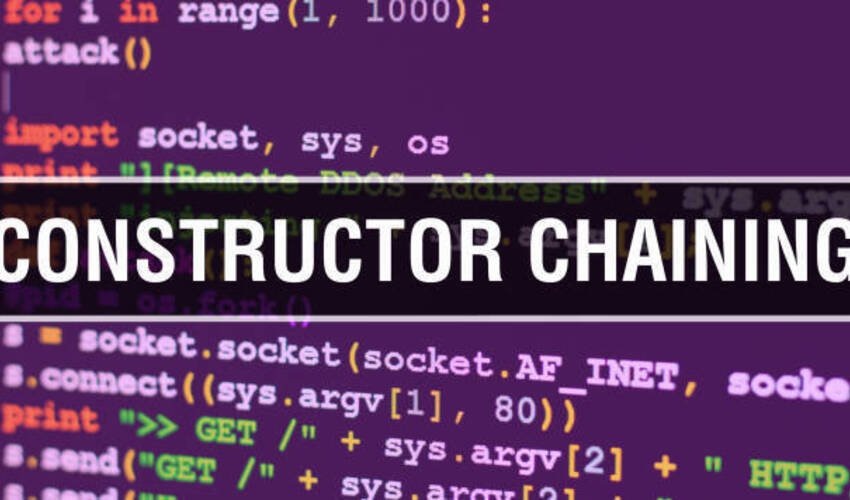In software development, team collaboration is crucial. It’s critical for the success of any project. Software systems are getting more complex. Development teams are growing larger. So, keeping good collaboration is harder. One solution has helped a lot. It’s the use of code versioning tools. They’re called version control systems (VCS). They let developers manage changes to source code over time. They also let them track revisions and work together better. This article explores the impact of code versioning tools on team collaboration. It highlights their benefits, features, and best practices.
Understanding Code Versioning Tools
Code versioning tools are software systems. They track changes in code. They manage versions. They help developers work together. Popular code versioning tools include Git, Subversion (SVN), Mercurial, and Perforce. These tools provide a central repository. It’s used to store all code changes. This lets developers work on code at the same time without conflicts. They also track changes. This lets developers revert to old versions if needed.
Benefits of Code Versioning Tools for Team Collaboration
- Improved Coordination and Collaboration
Code versioning tools significantly enhance coordination among team members. These tools provide a central repository. It ensures all team members have the latest code. Developers can work on different features or bug fixes at the same time. They can do this without worrying about overwriting each other’s changes. This parallel development capability fosters collaboration and increases productivity.
- Efficient Change Management
With code versioning tools, managing changes becomes more efficient. Developers can create branches to work on new features or bug fixes independently. Once the changes are tested and validated, they can be merged back into the main codebase. This branching and merging mechanism keeps the main codebase stable. It also integrates changes smoothly. It also lets teams try new ideas. It does not disrupt the main development flow.
- Enhanced Code Quality
Versioning tools help improve code. They do this by enabling peer reviews and automated testing. Developers can create pull requests in Git. They can create merge requests in other tools. Both are to propose changes to the codebase. Other team members review the requests. They can give feedback and suggest improvements. This review process is collaborative. It helps find issues early and ensures only high-quality code is added to the main codebase. Also, CI/CD integration allows for automated testing. It works with pipelines that have continuous integration/continuous deployment. This testing enhances code quality.
- Traceability and Accountability
One of the key advantages of code versioning tools is the ability to track the history of changes. Each change is recorded with a unique identifier. It also includes metadata such as the author’s name, timestamp, and a change description. This traceability ensures that every change is documented. It makes it easier to understand the codebase’s evolution. If there are issues, developers can quickly see when and by whom a change was made. This makes people more accountable and helps with troubleshooting.
- Disaster Recovery and Backup
Code versioning tools provide a robust mechanism for disaster recovery and backup. All changes are stored in a central repository. The codebase can be easily restored to any past state. This ability is especially useful. It helps with accidental deletions, corruption, or other issues. Regular backups of the repository keep the code safe. They let it be recovered quickly. This minimizes downtime and disruption.
Key Features of Code Versioning Tools
- Branching and Merging
Branching and merging are fundamental features of code versioning tools. Branches let developers work on isolated copies of the code. This enables parallel development. Merging combines changes from different branches into the main codebase. It ensures that all contributions are put together. Good strategies for branching and merging help manage complex development workflows. Examples include feature branching and release branching.
- Commit History and Logs
Code versioning tools maintain a detailed commit history. They record every change made to the code. Commit logs include the author’s name, date, and description. This history gives valuable insights into the development process. It helps teams understand why changes were made and track progress over time.
- Conflict Resolution
When multiple developers work on the same code files, conflicts may arise. Code versioning tools offer conflict resolution mechanisms to handle such situations. Developers can compare conflicting changes. They decide how to merge them and fix conflicts. They can do this manually or automatically. This feature ensures that collaborative development proceeds smoothly without losing any important changes.
- Access Control and Permissions
Code versioning tools ensure the security and integrity of the codebase. They provide access control and permissions. Administrators can decide who can access the repository. They also decide who can make changes and who can review and approve them. Granular permissions help protect sensitive code and maintain a structured development environment.
Best Practices for Using Code Versioning Tools
- Adopt a Consistent Workflow
Establish a consistent workflow that suits your team’s needs. Common workflows include Gitflow, GitHub flow, and trunk-based development. Consistency in workflow ensures that all team members follow the same practices. This reduces confusion and improves collaboration.
- Commit Frequently with Meaningful Messages
Encourage developers to commit their changes frequently and write meaningful commit messages. Making frequent commits with descriptive messages helps keep a clear history of changes. This makes it easier to track progress and understand the context of changes.
- Perform Regular Code Reviews
Add a code review process. Peers review each other’s changes before merging them into the main codebase. Code reviews help find issues. They also improve code quality. They also foster knowledge sharing among team members.
- Automate Testing and Deployment
Connect your code versioning tool to CI/CD pipelines. This will automate testing and deployment. Automated testing ensures that code changes do not add defects. Automated deployment speeds up the delivery of new features and updates.
- Backup and Monitor the Repository
Regularly back up the repository to protect against data loss. Monitor repository activity to detect any unusual behaviour or potential security threats. Ensuring codebase safety is critical. It maintains a reliable development environment.
Conclusion
Code versioning tools have a profound impact on team collaboration in software development. These tools provide a centralized repository. They enable efficient change management and improve code quality. They also ensure traceability and accountability. The tools streamline development and foster collaboration among team members. More organizations are adopting Agile and DevOps practices. The need for code versioning tools will only grow. By using best practices and the features of these tools, teams can be more productive. They will also have better code. They will also have a more collaborative and efficient workflow.
Zainab Afzal is a senior SEO Consultant and Writer. She has 5+ years of experience in Digital Marketing. After completing his degree in BS computer science, she has worked with different IT companies.





